Top year 1974
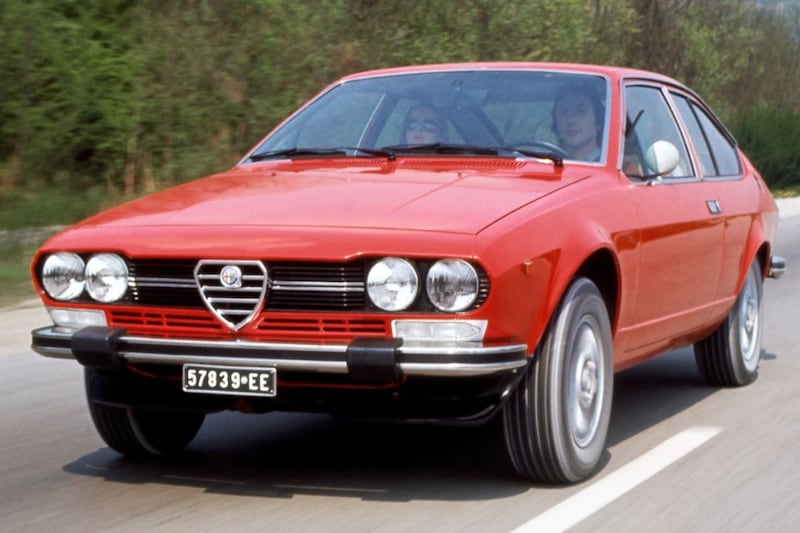
After top years 1982 and 1998, we are going back in time 50 years this time. 1974 was the year that we were introduced to special cars such as the Volkswagen Golf, Citroën CX and Fiat 131. We kick off the Top Year 1974 series with a sporty newcomer from Alfa Romeo: the Alfetta GT.
What was the start-up process like?
In 1967, Alfa Romeo started thinking about the successor to the Giulia GT, the successful design of the Bertone studio, designed by Giorgetto Giugiaro. He no longer works there, because he has started his own company, Ital Design. This submits one design after another, including versions with folding headlights (photo). In April 1969, Giugiaro’s first 1:1 model was ready, based on the 1750 Berlina. Later it becomes clear that the bottom group of the Alfetta (1972) will form the foundation for the GT. In the meantime, Alfa Romeo’s internal drawing department, Centro Stile, is also busy making sketches. He will take care of the interior anyway, that is clear from the start. However, on the outside, the battle between Giugiaro and Centro Stile is not yet over. Ultimately, the former hands over his design, 90 percent complete, to his client.

Alfa Romeo Alfetta GT design sketches
The first prototype of the GT, including a ten percent contribution from Alfa Romeo itself, was born in April 1970. Bertone also reports with a proposal based on Giugiaro’s design, but his shooting brake-like design à la Lancia Beta HPE disappears into the trash. By the way, Alfa Romeo has never officially recognized Giugiaro’s contribution to the Alfetta GT, and vice versa, the designer has never claimed the design. At the time, Giugiaro was angry about how Centro Stile had modified his original design. In particular, the removal of the ‘gills’ in the front screens caused bad blood, as did the shoulder line that no longer ran smoothly to the bottom of the windscreen and thus covered the windshield wipers. The fate of the freelancer…
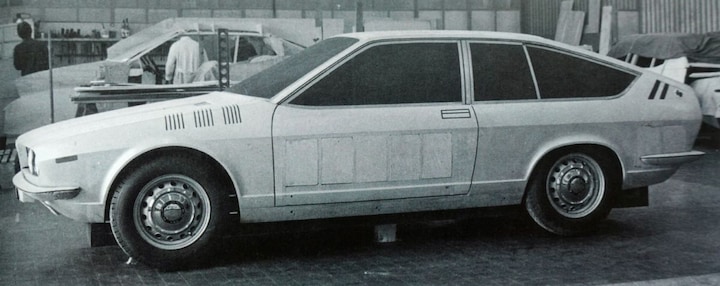
How was he received by the press and public?
When the Alfetta GT was presented to the press in Tuscany in June 1974, the world was in the middle of an oil crisis, which put the need for (relatively) thirsty sports cars at a low level. Stricter speed limits on highways don’t help either. The big shoes that the newcomer has to fill – more than 225,000 of the beautiful ‘Bertone coupe’ were sold in total – are not getting any smaller in this way. Fortunately, thanks to the transaxle layout, which results in a 50:50 weight distribution, the driving characteristics are excellent. The Dutch brochure oracles: ‘The Alfetta coupe models are cars with excellent sporting characteristics and therefore suitable for the public that is looking for excellent performance, which nevertheless fits into a rational design in which the right mechanical concept, safety properties, modest fuel consumption, comfort and sustainability quality is present.’ Compared to its compact predecessor, the Alfetta GT is quite spacious. The back seat is not spacious, but there are at least two decent seats. Thanks to the large tailgate, loading luggage is easier than before; the Bertone had a small trunk. The press and public are positive about the GT across the board. The criticism focuses mainly on the poor seating position, poor ergonomics and electrical faults.

How revolutionary was he really?
That’s not too bad, the GT was planned from the start as the sporty derivative of the Alfetta sedan, which saw the light of day in 1972. The GT has a 110 mm shorter wheelbase, but otherwise the technology is virtually identical: engine in the front, gearbox against the rear axle and rear-wheel drive and a De Dion rear axle construction. The dashboard of the GT, with only a tachometer behind the steering wheel and the rest of the clocks in the middle, differs considerably from that of the sedan. To Alfa’s credit, it doesn’t simply copy the sedan. Sedan and coupe roll off the same production line in Arese.
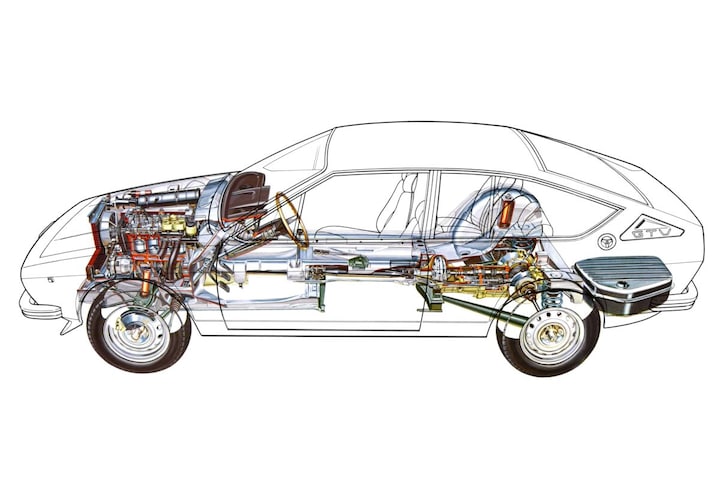

What were the choices during the market introduction?
The engine choice was limited to one in 1974: a 1.8 four-cylinder with two Weber carburetors, good for 122 hp. Two years later it is removed and you can get in with a 1.6 with 108 hp or save up for the two-liter with 122 hp, the Lusso introduced in 1979 delivers 130 hp. The six-cylinder only came with the thorough facelift of 1980, when the name ‘Alfetta’ disappeared from the type name and the model continued as GTV.
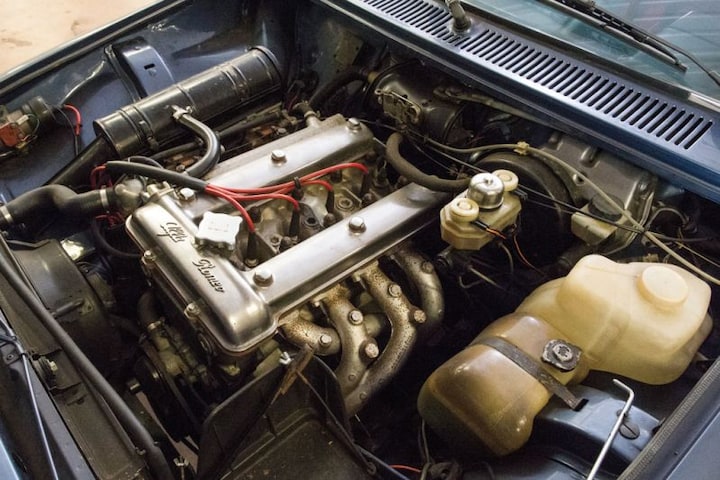
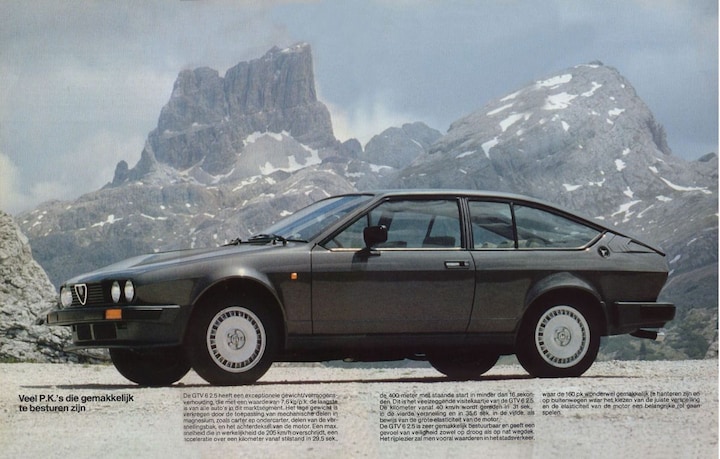
What were its competitors?
If we take the price list from the end of 1975 (when the Bertone Coupe was still available, by the way), the Alfetta GT shows a price of 20,990 guilders (9,525 euros). In that price-performance category you also have other sports coupes, such as the Opel Manta 1900 (fl 16,292), Volkswagen Scirocco TS (fl 16,553), Toyota Celica 1600 GT (fl 18,299), Audi 100 Coupe (fl 24,505), Mazda RX-4 (fl 17,195), Ford Capri 2300 GT (fl 17,388) and from 1979 the Datsun Silvia (photo). Competition from our own country comes in the form of the Lancia Beta Coupe 1600 (fl 21,808) and from the British corner there are the Triumph TR7 and MGB GT. Those who prefer French goods can go to the Renault 17 (fl 18,450) or Peugeot 504 Coupe, although the latter is higher in the market with its V6.
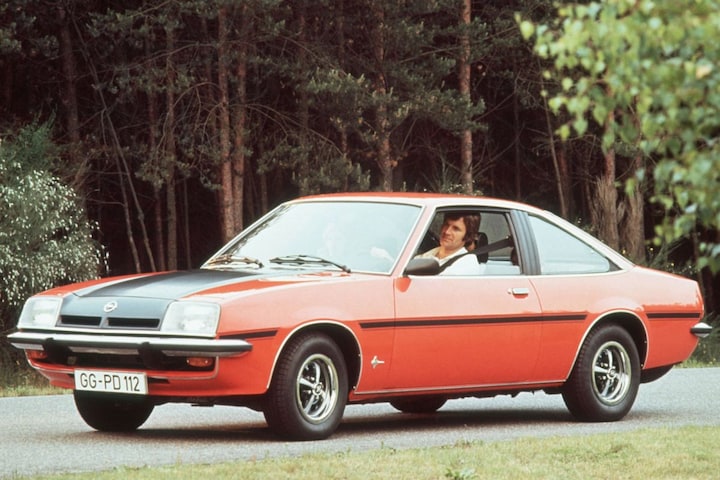
Any details during his life?
In 1980, the Alfetta GT underwent a thorough renovation; the Alfetta name disappears (only GTV will suffice) and plastic is introduced. As was often the case in the eighties, bumpers, rub strips, handles, moldings, exterior mirrors and the grille are now made of plastic instead of steel or chrome. New one-piece rear lights replace the ‘loose’ strips and Alfa Romeo installs a new, more traditionally designed dashboard. The modest 1.6 is being retired and the engine range is – finally – being expanded with a six-cylinder: the 158 hp 2.5 Busso V6 from the Alfa 6, with Bosch L-Jetronic injection instead of the carburettors of the Sei. This is in connection with the American market, where stricter emission standards apply, but also other safety standards; the Alfetta GT and the GTV cannot escape the disproportionate ‘safety bumpers’. Plans for a second restyling in 1983, with rectangular headlights and a new dashboard, were discarded.

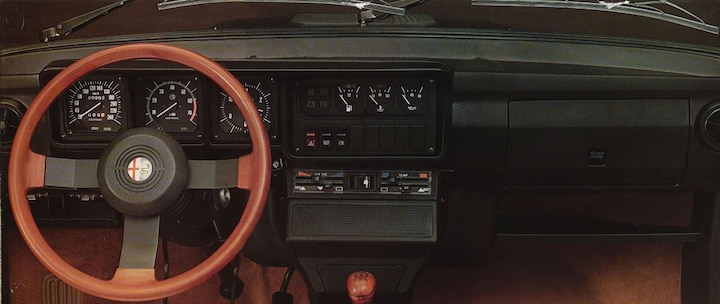
Which version appeals most to the imagination?
Over the years, many nice versions have been built, by Alfa Romeo itself or by third parties. Of the ‘official’ versions, the 2.0 Turbodelta from 1979 is a very cool one. This is the 150 hp homologation model for racing and rally cars, built in a limited edition of 400 units. In the US, in addition to the Balocco and Maratona versions, you also have the 230 hp Twin Turbo built by tuner Reeves Callaway. A deal with Alfa Romeo to sell it through the dealer network fails; you can only go to certain dealers for the conversion. It is estimated that only 30 to 35 pieces were made. An exclusive thing, just like the heavily spoiled Zagato version and the South African GTV6 3.0 with 190 hp. With a conversion kit from Autodelta, Alfa Romeo is building 200 homologation models to participate in local championships. Even more exotic is the GT V8 2.6 (the engine from the Montreal) from 1979, an initiative of a major German Alfa dealer, with the blessing of Alfa Romeo, which canceled such a version years earlier for budgetary reasons. Unfortunately, of the planned 100 pieces, only three copies were made, of which two apparently remain. If you can get your hands on it… Slightly more accessible is the Alfetta GT Grand Prix, a ‘promotional model’ with different wheels, special striping and a body kit from Rayton Fissore. This version was also delivered in the Netherlands in 1985.
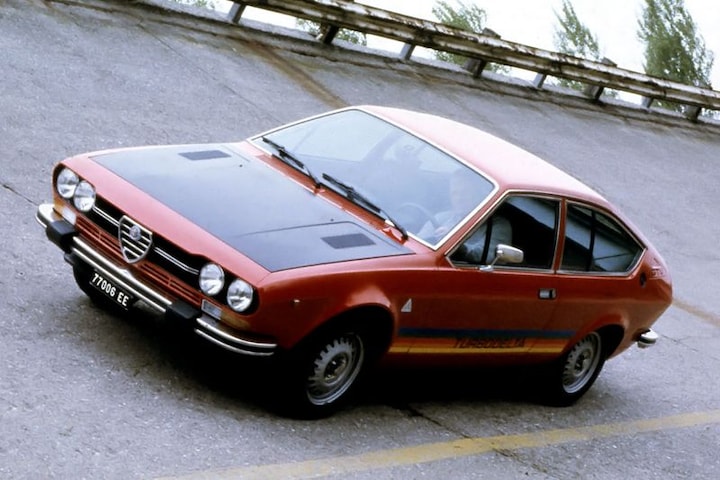
The 2.0 Turbodelta from 1979.

GT V8 2.6
What has been the impact of the Alfetta GT?
Although they are now beloved classics, the Alfetta GT and the later GTV have not set any benchmarks in their time. They were nothing more or less than beautifully contoured, sporty coupes with great driving characteristics and nice engines. Alfa Romeo was quite successful in racing and rallying with the GT(V). For example, the brand won four constructors’ championships in a row in the European Touring Car Championship. Striking detail: after her short Formula 1 career (17 races), the Italian Lella Lombardi celebrates several victories for Alfa in touring car racing. Despite these successes and the popularity of the street versions among the public, the Alfetta GT cannot stand in the shadow of its predecessor, the widely popular (and also successful in motorsport) Bertone Coupé. In 1993, the GTV was succeeded by a completely new, front-wheel drive model with the same name.

How many are left and what do they cost?
In the period 1974-1987, just over 136,000 examples of the Alfetta GT and GTV were built. The vast majority (103,000) have a four-cylinder, the rest a V6. According to Vinacles data, there are still 128 registered with a valid license plate in the Netherlands, 34 of which are a GTV6. A remarkably large number (22) date from 1974, the debut year of the GT. At the time of writing, eleven copies are for sale in the Netherlands. For a beautiful Alfetta GT you can count on asking prices between €19,000 and €25,000. The range of GTV6s is somewhat larger. Count on an average of 30 grand for a nice copy.
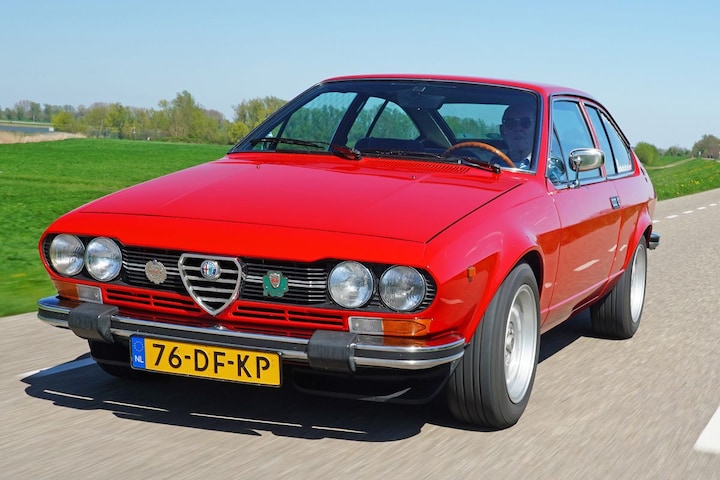
– Thanks for information from Autoweek.nl